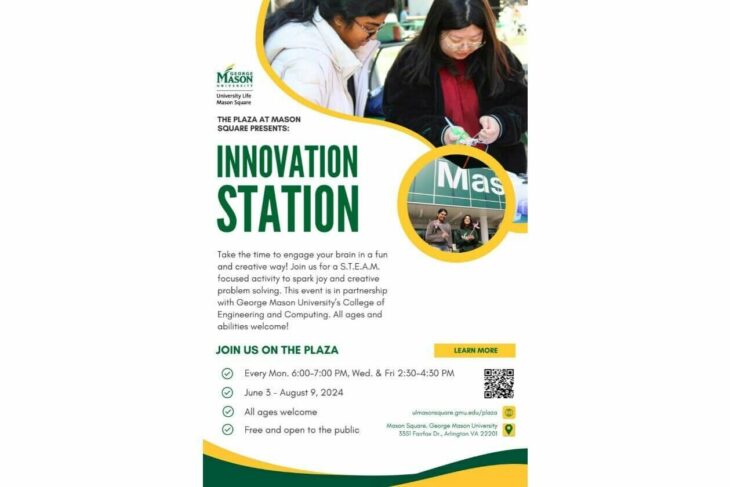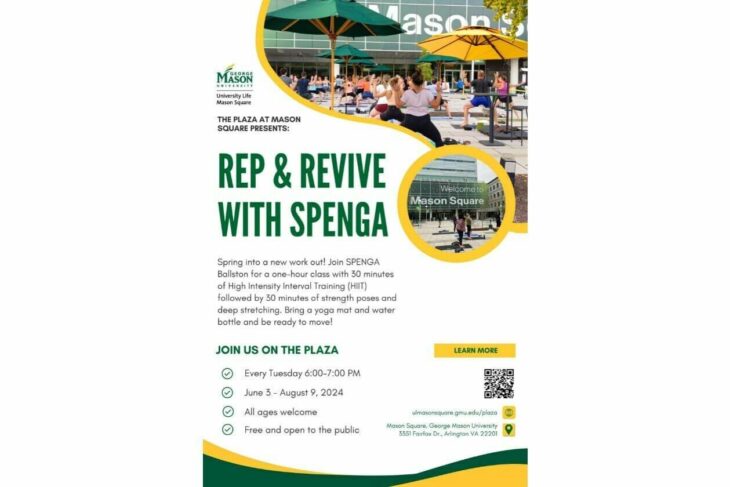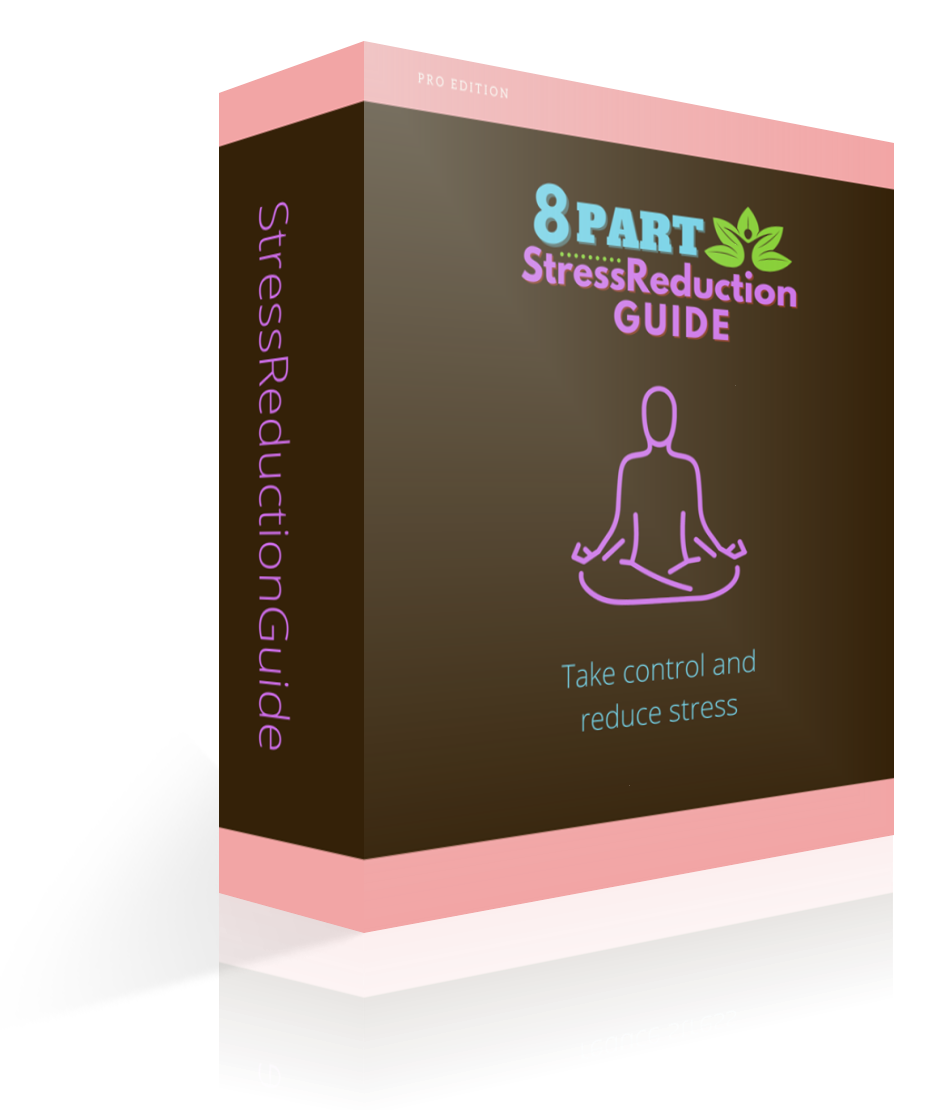Have you ever felt overwhelmed by the constant barrage of news and events in the world? If so, you’re not alone. The modern world can often feel turbulent and unsettling, making it more important than ever to find ways to cultivate inner peace and resilience. Mindfulness and meditation have emerged as powerful tools for helping people navigate these turbulent times. In this article, we’ll break down some essential mindfulness and meditation skills you can incorporate into your daily life to create a sense of calm and well-being.
What is Mindfulness?
Mindfulness is the practice of being fully present in the moment, aware of where you are and what you’re doing, without being overly reactive or overwhelmed by what’s going on around you. This mental state can enhance your awareness, reduce stress, and improve overall well-being.
The Importance of Being Present
Being present allows you to fully experience life as it happens. You’re not stuck in the past or worrying about the future. Instead, you can engage with the present moment, which can lead to a deeper appreciation for life and greater emotional stability.
How to Practice Mindfulness
- Start Small: Begin with just a few minutes each day. Gradually increase the length of your practice as you become more comfortable.
- Focus on Breath: Pay attention to your breathing. Notice the sensation of the air entering and leaving your body.
- Body Scan: Systematically focus on different parts of your body, from your toes to the top of your head, noticing any sensations or tensions.
- Use a Mantra: Sometimes repeating a simple word or phrase can help focus your mind.
- Guided Meditations: Follow along with a guided meditation to help you stay on track.
The Foundation: Mindfulness of the Body and Mind
The first step in developing a robust mindfulness practice is becoming more attuned to both your body and mind. This involves recognizing the physical sensations in your body as well as becoming aware of your thoughts and emotions.
Understanding Body Awareness
Being mindful of your body involves noticing sensations without judgment. This can help you identify where you might be holding tension or stress. Simple practices like progressive muscle relaxation or body scans can be incredibly effective.
Connecting with the Mind
Your thoughts and emotions can often be the most challenging aspects to manage. Developing a mindful awareness of your mental state involves observing your thoughts as they come and go, rather than clinging to or suppressing them.
Steps to Enhance Body and Mind Awareness
| Activity | Description |
|---|---|
| Progressive Muscle Relaxation | Tense and then slowly release each muscle group in your body, one at a time. |
| Body Scan | Pay attention to different parts of your body systematically to notice sensations or tension. |
| Journaling | Write down your thoughts and feelings to better understand your emotional state. |
| Mindful Breathing | Focus on your breath to ground yourself and maintain present-moment awareness. |

The Power of Lovingkindness and Compassion
Once you’ve established a foundation in mindfulness, expanding your practice to include lovingkindness and compassion can further enhance your emotional well-being and relationships with others.
What is Lovingkindness?
Lovingkindness involves generating warm, compassionate feelings towards yourself and others, even those with whom you may have conflicts. This can help reduce feelings of anger, resentment, and isolation.
How to Cultivate Lovingkindness
- Start with Yourself: Generate warm feelings towards yourself by repeating phrases like, “May I be happy, may I be healthy.”
- Extend to Others: Gradually extend these feelings to other people in your life, starting with loved ones and then moving to those you have difficult relationships with.
- Practice Regularly: Consistency is key. Set aside time weekly to practice lovingkindness meditation.
Benefits of Compassion
Practicing compassion not only improves your emotional health but also enhances your ability to empathize with others. This can lead to more fulfilling and harmonious relationships.
Steps to Practice Lovingkindness
| Step | Description |
|---|---|
| Focus on Self | Begin with phrases that generate compassionate feelings towards yourself. |
| Extend to Close Ones | Move on to loved ones using similar compassionate phrases. |
| Broaden Your Circle | Gradually include neutral people and eventually those you have conflicts with. |
| Regular Meditation | Make lovingkindness meditation a regular part of your routine for lasting benefits. |
Experiencing Sympathetic Joy
Sympathetic joy involves feeling genuine happiness for the successes and well-being of others. This practice can counteract jealousy and competition, fostering a more positive and connected community.
Why Sympathetic Joy Matters
Cultivating sympathetic joy can help you develop a more positive outlook and build stronger, more supportive relationships. It enables you to shift your focus from competition to genuine happiness for others’ achievements.
How to Develop Sympathetic Joy
- Recognize Your Emotions: Acknowledge any feelings of jealousy or competitiveness that arise.
- Shift Your Focus: Consciously redirect your thoughts towards being happy for others.
- Practice Regularly: Consistent practice can help reinforce these positive feelings over time.
Practicing Sympathetic Joy
| Step | Description |
|---|---|
| Acknowledge Emotions | Notice when feelings of jealousy or competition arise. |
| Conscious Redirection | Redirect your thoughts to feel joy for someone else’s success or happiness. |
| Regular Reflection | Set aside time to reflect on the positive outcomes of practicing sympathetic joy. |

Embracing Equanimity
Equanimity involves remaining calm and composed, especially during stressful or turbulent situations. This practice can help you maintain balance and reduce emotional reactivity.
The Importance of Equanimity
Equanimity can help you navigate life’s ups and downs with grace and resilience. It allows you to remain centered, even amid chaos.
How to Cultivate Equanimity
- Mindful Observation: Practice observing situations without immediate judgment or reaction.
- Acceptance: Learn to accept things as they are, rather than how you wish they would be.
- Balanced Approach: Strive for a balanced emotional response, avoiding extreme highs or lows.
Steps to Develop Equanimity
| Activity | Description |
|---|---|
| Mindful Observation | Observe situations without judgment, maintaining a calm presence. |
| Practice Acceptance | Accept things as they are to reduce emotional reactivity. |
| Balanced Emotional Response | Aim for a balanced reaction to both positive and negative situations. |
Practical Tools for Daily Mindfulness and Meditation
Integrating mindfulness and meditation into your daily routine can help reinforce these practices and cultivate a lasting sense of peace and well-being.
Daily Mindfulness Practices
- Mindful Eating: Pay full attention to the experience of eating, savoring every bite.
- Walking Meditation: Practice mindfulness while walking, noticing the sensations in your feet and surroundings.
- Mindful Listening: Fully engage with the sounds around you, whether it’s music, nature, or conversations.
Daily Meditation Practices
- Morning Meditation: Start your day with a brief meditation to set a positive tone.
- Evening Reflection: Spend a few moments before bed reflecting on your day with mindfulness.
- Breathing Exercises: Use simple breathing techniques throughout the day to maintain calm and focus.
Tips for Maintaining a Mindfulness Practice
- Set a Schedule: Dedicate specific times for your mindfulness and meditation practices.
- Start Small: Begin with short sessions and gradually increase the length.
- Find a Community: Join a mindfulness group or class for support and accountability.
- Be Patient: Remember that developing a mindfulness practice takes time and consistency.
Tools and Resources
| Tool | Description |
|---|---|
| Meditation Apps | Use apps like Headspace or Calm for guided meditations. |
| Mindfulness Books | Books such as “The Miracle of Mindfulness” by Thich Nhat Hanh. |
| Online Courses | Enroll in online courses to deepen your practice and understanding. |
| Local Classes | Attend local meditation or mindfulness classes for in-person guidance. |

Conclusion: Building a Resilient Mindset
Incorporating mindfulness and meditation into your daily life can equip you with the skills needed to navigate the turbulence of the modern world. These practices can help you cultivate a sense of inner peace and resilience, allowing you to face challenges with a calm and balanced mindset. Remember, the journey of mindfulness and meditation is an ongoing process. With dedication and practice, you can develop a resilient mindset that will serve you well in all areas of your life.
By attending the upcoming series of mindfulness and meditation classes led by Anna-Maija Mattila-Litvak at the Columbia Pike Library, you can further deepen your practice and gain practical tools to help you navigate life’s challenges with greater ease. This structured program offers a unique opportunity to learn from an experienced instructor and connect with a community dedicated to mindful living.
Upcoming Class Schedule
| Date | Focus Area |
|---|---|
| Sept. 5 | Mindfulness of the body and mind |
| Sept. 12 | Lovingkindness and compassion |
| Sept. 19 | Sympathetic joy for oneself and others |
| Sept. 26 | Equanimity and continuing practice beyond the course |
This course, free and inclusive, will provide you with valuable skills to build a positive and healthy relationship with yourself and others. Remember to register in advance to secure your spot.
The world may be turbulent, but with mindfulness and meditation, you can cultivate an inner calm that makes the external chaos more manageable. Start your journey today and experience the profound benefits these practices can bring to your life.



